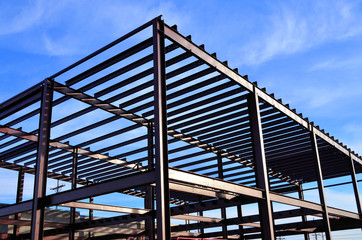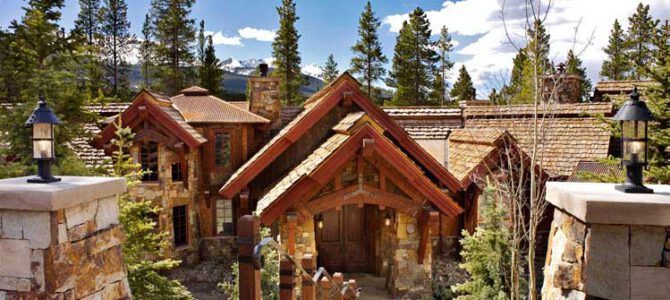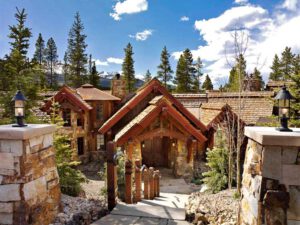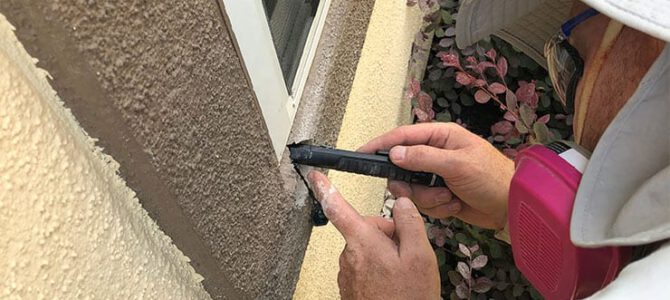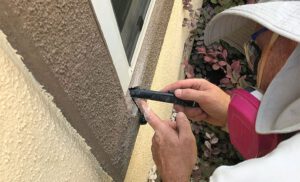Whether you’re constructing a warehouse, airplane hangar, or any other type of steel building, there are specific needs and concerns to remember. Choosing the right Oklahoma Metal Buildings can save you time and money in the long run.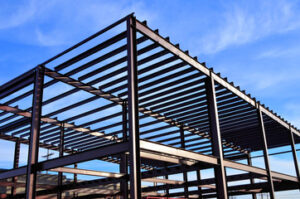
To ensure you are getting the best value, consider a manufacturer. Buying through a broker that does not produce their custom buildings may cost you more in the long run.
Unlike other construction methods, metal buildings do not limit you in terms of design options. They are available in many sizes and colors and can be customized to your unique aesthetics. This flexibility is beneficial in business settings where interior design is key to attracting customers and creating the best working environment. It is also important in residential applications where homeowners want to express their individual style and create a comfortable living space for themselves and their families.
In addition to architectural flexibility, metal building kits offer a faster construction timeline than traditional structures. Because the components of a metal building are already pre-punched and cut to length, less labor is required. This can save you time and money as well as allow you to occupy your new space sooner.
Metal buildings are also highly adaptable and can serve a variety of purposes, from agricultural storage to industrial facilities. They are an excellent option for warehouses, where owners can protect their inventory from inclement weather and pests. These durable structures are also ideal for garages and barns, where they can be modified to accommodate livestock and vehicles. They are a popular choice for educational institutions, as they are able to easily expand and accommodate student populations.
Another benefit of using a metal building is its versatility in the use of specialized equipment. For example, a metal building can be equipped with a hydraulic lift for heavy-duty equipment and a mezzanine for additional space. In addition, a metal building can be designed to include a fire suppression system to ensure the safety of those who work in the structure.
With a wide range of customization options, including roof styles, garage doors, and paint color choices, a metal building can be designed to meet your specific needs. It can even be built to withstand seismic conditions if necessary. However, before beginning a project, it is important to check local codes and load restrictions, which must be adhered to in order to ensure the durability of your structure.
In addition, it is important to make sure that you secure the appropriate permits before erecting your building. In some areas, permitting is more difficult than in others, and it is important to consult a professional to make sure you are following the proper procedures.
Durability
Durability is the foundation of any building, but it’s especially important in commercial structures. Metal buildings can last decades longer than other types of construction, as long as they are constructed with quality materials, regular maintenance, and a location that minimizes exposure to harsh environmental factors. The lifespan of your building can also be improved with proper insulation and a good roof.
Metal building framing is much stronger than wood, preventing it from warping or rotting over time. It’s also not as susceptible to insect infestation or damage from fire or earthquakes. In addition, metal buildings are much easier to maintain than other types of structures, with less proneness to mold and rot. Additionally, metal framing is much more affordable than traditional construction options.
Another advantage of steel buildings is their resistance strength against weather elements. They are designed to resist ice, heavy snowfall, and high winds with ease, and can easily be repaired in the event of any damage. Additionally, steel buildings are highly energy efficient, saving money on heating and cooling costs.
The flexibility of a metal building allows for easy customization to suit your unique needs. This makes them a popular option for homeowners looking for an extra garage or workshop space, as well as businesses needing to store equipment or inventory. Additionally, many buyers choose to combine a building for multiple purposes, such as a carport with a storage shed or barn for livestock and tractors.
When it comes to building a steel structure, you should always use a commercial contractor rather than a residential one. They will be more familiar with the type of construction you’re getting and can ensure your building is built correctly. They’ll also be able to offer you a warranty for their work, which will give you peace of mind knowing that your building is protected.
The durability of metal buildings is a major benefit, making them a smart investment for both individuals and businesses. Their low project costs, strength, durability, low maintenance requirements, and versatility make them a great choice for any building. Invest in a durable and reliable metal building today to enjoy the benefits for years to come.
Energy Efficiency
Metal buildings provide a host of benefits for both commercial and residential uses. Their durability, versatility, and energy efficiency help reduce maintenance costs and operating expenses. In addition, their cost-effectiveness and speedy construction times allow businesses to begin operations sooner, maximizing profitability. Lastly, their superior strength and longevity makes them a good choice for agricultural uses, such as livestock barns or grain storage.
The insulating properties of metal buildings can help to cut energy costs in cold climates. However, it’s important to take steps to prevent heat loss in these structures during the winter. This can be done by installing energy-efficient windows and doors, and ensuring the building is properly insulated and sealed. Additionally, using natural ventilation to circulate air can help regulate indoor temperatures and cut the reliance on mechanical ventilation systems.
Another way to make a metal building more energy efficient is by installing skylights. This can add natural light to a room while reducing the need for artificial lighting, which can increase heating and cooling costs. Additionally, ridge vents can help improve the flow of air in a building, minimizing the need for artificial ventilation.
Finally, it’s important to choose a qualified contractor for the construction of a metal building. A reputable contractor should be familiar with metal building construction, as they will be more likely to get the job done correctly the first time. In addition, a specialized metal building contractor will have experience with different types of roofing and insulation, which are unique to steel buildings.
A pre-engineered metal building can save a business up to 30% in construction costs when compared with traditional buildings, thanks to their cost-effectiveness and rapid construction. Their high-quality materials and durable design also reduces the risk of structural problems, making them a cost-effective option for businesses. In addition, these buildings are more fire resistant than traditional structures, reducing insurance costs. Finally, they can be easily adapted to fit the specific needs of a business and its industry, and their resale value is generally higher than other types of structures.
Maintenance
The versatility and cost-effectiveness of metal buildings make them a popular choice for a variety of purposes. But, like any other structure, metal buildings require maintenance to keep them looking good and functioning well. Fortunately, there are plenty of steps you can take to ensure your building is in peak condition.
Routine inspections are a key to effective maintenance. They help you nip problems in the bud before they become worse and save you money by fixing them sooner rather than later. Check for signs of rust and corrosion, leaks, loose fasteners and structural damage during these inspections.
You should also look at the surrounding area of your steel building. Whether it’s a garden shed or an agricultural warehouse, you need to inspect the entire site for potential issues. Look for anything that may be affecting the steel building’s performance, such as a shift in ground settlement or overhanging tree branches. It’s also important to trim tree branches regularly so they don’t touch the roof or cause damage during stormy weather. Inspect the insulation, too. If it’s in poor condition, it will not do its job of keeping what is stored inside warm and dry.
Cleaning your building on a regular basis is another essential maintenance item. This will prevent dirt and other contaminants from trapping moisture and contributing to rust or corrosion. A power wash with a mild detergent is the best way to remove debris, pollutants and dirt from a metal building.
Painting your steel building is also a maintenance item that should be done on a regular basis. It helps protect the metal from environmental exposure, helps keep the interior of the building insulated and can improve its appearance. When it comes to painting your metal building, it’s a good idea to use a professional service. They will have the proper records of paint shades and can match any existing colors if necessary, delivering a quality finish.
Taking the time to perform routine maintenance on your steel building will make it last for years and keep your valuables safe from the elements. Whether you have a Quonset hut or an industrial warehouse, it is critical to conduct periodic inspections and implement an effective maintenance strategy to keep it in excellent shape.
